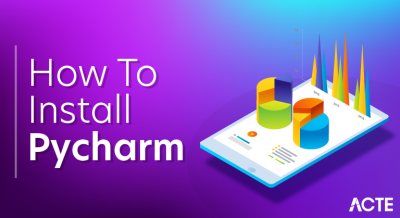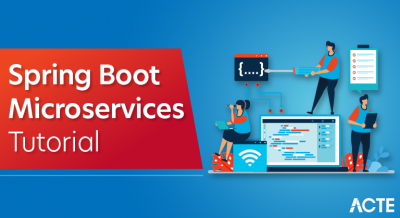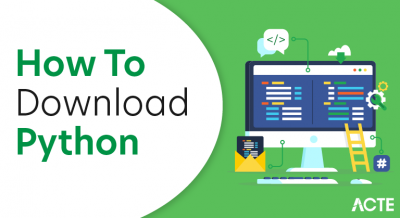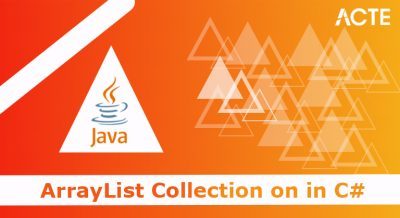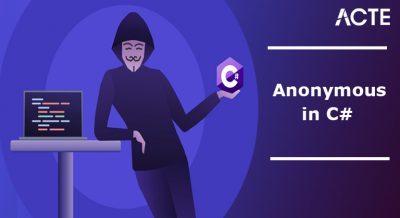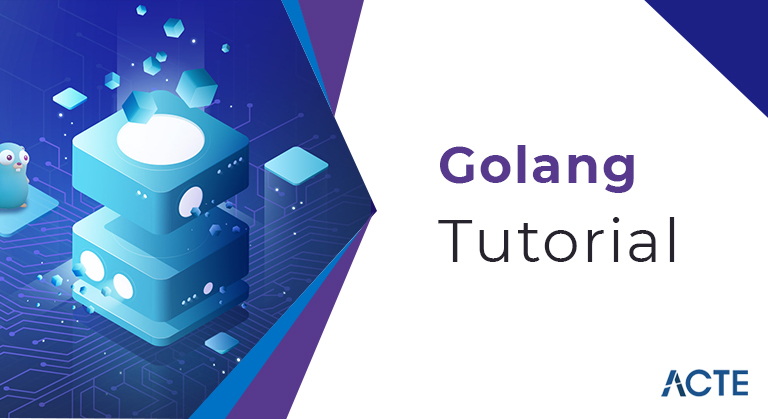
- Introduction to Go programming language
- History of Go programming language
- About of Go programming language
- Feature of Go programming language
- How to write Go code How to create a new package and how to test your code.
- Advantages of go lang?
- Don`t know how to deploy your project?
- Conclusion of SAP Fiori
- Compile time is fast.
- Built-in concurrency support: lightweight process (via Go routine), channel, selection Explanation.
- The Go program is simple, concise, and secure. Support for interface and type embedding.
- Support for type inheritance
- Support for method or operator overloading
- Supporting circular dependencies between packages
- Support for pointer operations
- Assertion support
- Support for generic programming 1:
- GO Programming-Overview Go Programming
- The 8th Go to the program Go programs can vary in length from three lines to millions of lines and must be written within them.
- One or more text files with the extension “.go”.
- 1. Open a text editor and add the above code.
- 2. Save the file as hello.go
- 3. Open a command prompt.
- 4. Change to the directory where you saved the file.
- 5. Type go run hello.go and press Enter to run the code.
- 6. If there are no errors in the code, “Hello World!” Will be displayed. It will be printed on the screen.
- Make sure the Go compiler is in your path and running from a directory Contains the source file hello.go.
- Go to programming 14 The basic structure of the Go program was described in the previous chapter.
- Now it’s easy Understand the other basic components of the Go programming language.
- Therefore, manpower and manpower are two different things.
- Go identifier.
- The following are examples of acceptable identifiers.
- mahesh kumar abc move_name a_123 myname50 _temp j a23b9 retVal space (Go) Whitespace is a term used in Go to describe spaces, tabs, line breaks, and so on.
- remarks.
- Lines that probably contain only commented spaces are called spaces Lines, and the Go compiler ignore them altogether. Blanks separate one part of the statement from another, allowing the compiler to do this.
- The first section describes the basic syntax and data structure.
- The second describes methods and interfaces.
- The third introduces Go’s concurrency primitives.
- Complements the tour and language specifications.
- Both should be read first.
- Editor Plugins and IDEs A document that summarizes commonly used editor plugins and IDEs that support Go.
- Diagnosis Summarizes the tools and methods for diagnosing problems in Go programs.
- Manage dependencies If your code uses external packages, those packages (distributed as modules) become dependencies.
- Access to database Tutorial: Accessing a relational database I will introduce the basics for accessing relational databases using Go and the database / sql package of the standard library.
- Access to relational database An overview of Go’s data access capabilities.
- Open database handle Use the Go database handle to perform database operations.
- You read about the topic (these courses are not video courses), solve the problem and their system immediately checks if you understand it correctly. (All courses can be viewed and read for free. Exercises are available with a paid subscription.) No local development environment required. I never get tired of repeating that practice, it’s the only way to learn coding, and I never get lost when I run into real code problems.
- The creator of Qvault (Lane Wagner) is very active in the platform’s dedicated Discord channel to help beginners find important topics and code samples. NEW! : Qvault has added a brand new Gopher Gang Track that allows you to manually move from the basics to a real social media backend server project. Qvault also focuses on fundamentals. You know it’s all about the basics.
- Even if you start your coding journey directly and haven’t learned the basics, you still need to learn them to improve your understanding and professionalism. If you don’t learn the basics, you’ll stay in the role of junior developer for years. Sign up for Go Mastery here. You probably want to get a job as a Go writer to make a living. Upon completing the Go Mastery, Qvault offered the Interview Preparation-Go course. This is a good overview of the language features that are common in job interviews (which, of course, include basic data structures and algorithmic practices). Remember that the Qvault course is interactive. You can master many tasks and gain experience.
- And with and without practice, you shoot yourself with your feet. Expect your potential jobs to be passed on to the next programmer, who is more experienced than you. Learn how to code a golang course in Todd McLeod’s ACTE Please sign up here. The simplest and most comprehensive option ever created. This course covers most of the basics, including control flow types, computer behavior, bits and bytes, and how to read a document correctly. Yes, almost all the information presented in this course can be found for free on YouTube or other online tutorials.
- Todd has a free YouTube channel that teaches students Golang (and other subjects). But suppose you need help or want to help a great teacher. In this case, paid courses (and, as you probably already know, ACTE often offers significant discounts) are a bargain and the best option (you can ask in the course comments section of ACTE, Todd). In most cases, we will respond on Twitter).
- In fact, I buy two courses in one package. He recorded his first course around 2014 and uploaded and updated another second version covering the same learning materials. In my opinion, the first version is suitable for beginners and newcomers (the basics are explained more clearly). But the second version also has its advantages. My humble opinion: look at the first version and do all the exercises (use Go Playground from the beginning and install Go on demand), then look at the second version to update your knowledge.
- Web development of Todd McLeod using Google’s Go (Golang) programming language Please sign up here. And I recommend Todd’s course again (I swear not to bother you). This course begins with a brief review of the Go programming language and hands-on exercises for integrating knowledge (practical rules!). Next, you will learn the basics of the Web. Todd describes HTTP, servers, routing, templates, sessions and more.
- Go programming language specification Go programming language specification
- This is a reference guide to the Go programming language. For more information and other documents, see golang.org… golang.org
- This is the primary source of truth about Golang. It contains everything to understand the language and its quirks
- The Go Programming Language by Alan A. A. Donovan and Brian W. Kernighan Check here This is the so-called Go’s “Bible” written by two iconic figures in computer science.
Introduction to Go programming language:
The Go language is a programming language developed by Google in 2007. Robert Griesmer, Rob Pike, Ken Thompson. This is a statically typed language, C-like syntax. Provides garbage collection, type safety, and dynamic typing Many advanced built-in types such as functions, variable length arrays and key values card. We also provide an extensive standard library.
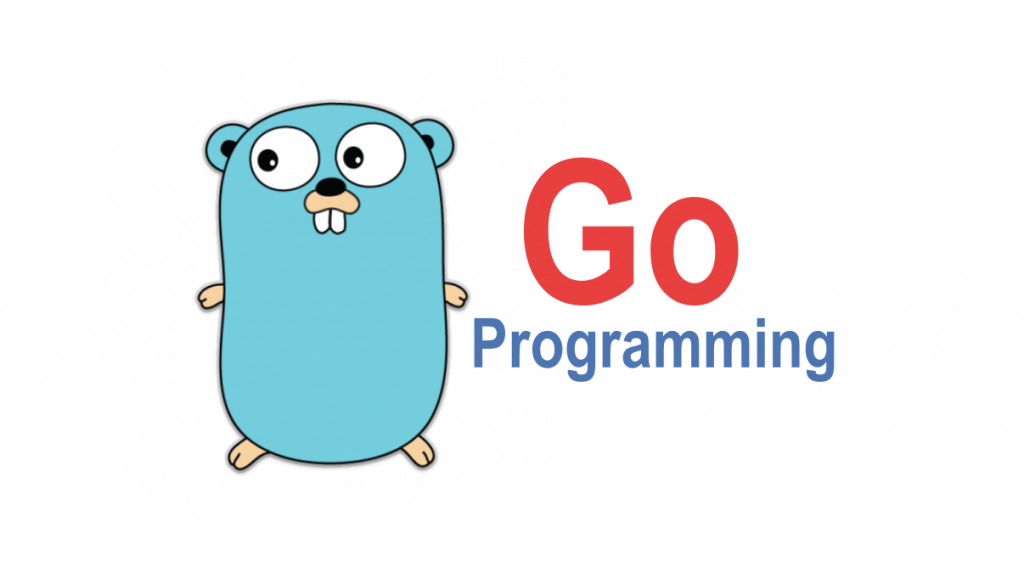
History of Go programming language:
The Go programming language was introduced in November 2009 and is used in some areas. Google’s production system. This tutorial is designed for software programmers with a need to understand the Go programming language from scratch. This tutorial will give you enough understanding on Go programming language from where you can take yourself to higher levels of expertise. Before proceeding with this tutorial, you should have a basic understanding of computer programming terminologies. If you have a good command over C, then it would be quite easy for you to understand the concepts of Go programming and move fast on the learning track. Go is a generalpurpose language designed with systems programming in mind. It was initially developed at Google in the year 2007 by Robert Griesemer, Rob Pike, and Ken Thompson. It is strongly and statically typed, provides inbuilt support for garbage collection, and supports concurrent programming. Programs are constructed using packages, for efficient management of dependencies. Go programming implementations use a traditional compile and link model to generate executable binaries. The Go programming language was announced in November 2009 and is used in some of the Google`s production systems. Go programming features. The most important features of Go programming are listed below.
Support for environments that employ patterns similar to dynamic languages. for example, Enter the suffix (x: = 0 is a valid declaration of the variable x of type int)
Generate statically linked native binaries with no external dependencies. Features that were intentionally excluded To keep the language simple and concise, the following features are commonly available in other languages:
Similar languages are omitted in Go:
Example: hello.go. You can use “vi”, “vim”, or any other text editor to write your Go program to a file. Compile and run Go programs Most of the examples in this tutorial have a “try it out” option, so use that Enjoy it and your learning.
About of Go programming language:
Go compiler The source code described in the source file is a human-readable source of the program. this To actually run the CPU, you need to compile and convert it to machine language A program that follows the instructions given. The Go programming language compiler compiles Put the source code in the final executable program. The Go distribution is available as a binary installable version for FreeBSD (version 8 and above), Linux, and Mac. OS X (Snow Leopard and above) and 32-bit (386) and 64-bit Windows operating systems Bit (amd64) x86 processor architecture. Before we get into the basic components of the Go programming language, let’s talk first.
Minimal structure of Go program so that it can be included for reference Subsequent chapters. Hello world example The Go program basically consists of the following parts:
Package∙ description Import∙ the package Functions∙ Variables∙ Statements and∙ expressions ∙ Comment Let’s look at a simple code that outputs the word “Hello World!”. Package main Import “fmt” func main () { / * This is my first sample program. * / fmt.Println (“Hello, world!”) }.
Let’s take a look at the different parts of the above program.
1. The first line of the program package main defines the package name where this program will be placed. that is The Go program runs in a package, so it’s a required directive. The main package is the starting point for execution program. Each package is assigned a path and a name.
2. The next line import “fmt” is a preprocessor command that tells the Go compiler to include the underlying file. With package fmt.
3. The next line funcmain () is the main function that starts the execution of the program. 3. GO Programming-Program Structure Go Programming 13
4. The next line / * … * / is ignored by the compiler and used to add comments to the program. remarks // Represented by // like Java or C ++ comments.
5. The next line, fmt.Println (…), is another function available in Go that prints the message “Hello, World!”. Display on the screen. Here, the fmt package has exported the Println method used to display. On-screen message. 6. Note the uppercase P in the Println method. The Go language exports names that start with a capital letter. Exporting means that the importer of each package can access the function or variable / constant. Run the aGo program Let’s see how to save the source code to a file, compile it, and finally run it program.
Follow the steps below:
$ go start hello.go “Hello World”
Go token: The Go program consists of various tokens. The token is either a keyword or an ID tifier, constant, A string literal or symbol. For example, the following Go statement consists of six tokens.
Identifier: A Go identifier is a name used to identify a variable, function, or other user-defined element. Identifiers start with the letters A to Z, or a to z, or an underscore_, followed by zero or more. Letters, underscores, numbers (0-9). Identifier = character {character | unicode_digit}. Go does not allow you to use punctuation marks such as @, $,% in identifiers.
Go is a case-sensitive programming language.
Feature of Go programming language:
If you are new to Go, we recommend that you follow the tutorial. The language specification contains all the details you want to investigate. After learning a little about the language, Effective Go will help you learn the style and idioms of programming in Go. Go programming language tutorial First tutorial. Introductory text that touches on some core concepts such as syntax, types, assignments, constants, I / O, sorting, printing, goroutines, channels, and more. course notes Slides from a 3-day course in the Go programming language. A more thorough introduction than the tutorial.
Day 1: Basic [270KB PDF]
Day 2: Type, Method, Interface [270KB PDF]
Day 3: Concurrency and Communication [180 KB PDF] Effective walking A document that provides tips for writing clean and idiomatic Go code. A must have for new Go programmers. It complements the tutorial and the language specification, both of which should be read first. Frequently Asked Questions (FAQ) Answers to frequently asked questions about Go.
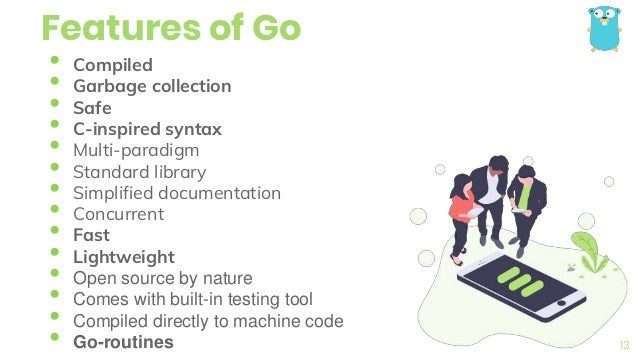
Advantages of go lang:
The Go programming language is an open source project to increase programmer productivity. The Go is expressive, concise, clean and efficient. Its concurrency mechanism makes it easy to write programs that take full advantage of multi-core and networked machines. The new type of system also enables flexible and modular program design. Go compiles quickly into machine code, but provides the convenience of garbage collection and the power of runtime reflection. This is a fast, statically typed and compiled language that feels like a dynamically typed and interpreted language.
First step Install Go Instructions for downloading and installing Go. Tutorial: Getting Started A short Hello, World tutorial to get you started. Learn about Go code, tools, packages, and modules. Tutorial: Creating a module A tutorial with short topics that introduces functions, error handling, arrays, maps, unit tests, and compilation.
Tutorial:1
Developing RESTful API with Go and Gin Here are the basics for creating a RESTful Web Services API using Go and GinWeb Framework. Tutorial: Getting Started with Generics (Beta) Generics allow you to declare and use a function or type that is written to work with any set of types provided by a code call.
Tutorial:2
Getting Started with Fuzzing (Beta) Fuzzing can generate test input that may reveal edge cases or security issues that may be overlooked. Creating a web application Create a simple web application. How to write Go code This document describes how to develop a simple set of Go packages within a module and shows how to build and test packages using the go command. Go Tour An interactive introduction to Go in three sections.
Each section ends with a few exercises, so you can apply what you have learned. Tours can be taken online or installed locally: $ go install golang.org/x/website/tour@latest This will place the tour binaries in the GOPATH bin directory. Using and understanding the Go Effective walking A document that provides tips for writing clean and idiomatic Go code.
A must have for new Go programmers.
Fuzzing GoFuzzing main document page.
When you open the database connection property handle, the handle represents the connection pool that is managed on your behalf. Executing an SQL statement that returns no data Use the exec method for SQL operations that may modify the database, such as SQL INSERT, UPDATE, and DELETE. Data query For a SELECT statement that returns data from a query using the Query or QueryRow methods.
Using prepared statements: Defining prepared statements for repeated use avoids the overhead of recreating the statements each time the code performs a database operation, thus making the code run a little faster. Executing a transaction sql.Tx exports methods that represent transaction-specific semantics such as commit and rollback, as well as methods used to perform common database operations.
Current database operation will be aborted: You can use context.Context to stop an application’s function calls and services faster and return an error when processing is no longer needed. Manage connections Some advanced programs may require fine-tuning connection pool parameters or explicitly manipulating connections.
Avoid the risk of SQL injection: You can avoid the risk of SQL injection by providing SQL parameter values as arguments to SQL package functions. Development of module Module development and publishing You can group related packages into modules and then publish the modules for use by other developers. This topic provides an overview of module development and publishing.
Module release and version control workflow: When developing a module for use by other developers, you can follow a workflow that helps ensure a reliable and consistent experience for the developers using the module. This topic describes the general steps for this workflow.
Module source control: If you are developing a module that you want to expose for others to use, you can make it easier for other developers to use by following the repository rules described in this topic. Major version update development Major version updates contain significant changes and represent new modules, which can be very confusing to module users. Find out more in this topic.
Release of module: If you want the module to be available to other developers, publish it so that Go tools can recognize it. Publishing a module allows developers importing that package to resolve dependencies on the module by running commands such as goget. Module version number Module developers use each part of the module’s version number to indicate version stability and backward compatibility. For each new version, the module version number specifically reflects the nature of the module’s changes since the previous version
The linguistic documentation is thorough, very clear and extensive:
The standard library is production-ready and contains many useful packages (web development, encryption, etc.) that are ready to use in your project. Static typing helps avoid embarrassing errors and bugs in your code. Go is becoming more popular year by year. And it`s easy to learn for a newbie. Maybe not as comfortable as learning Python (more comfortable than Java, for sure), but Go has the right balance of lowlevel and highlevel programming. The language helps you learn how computers work inside out, and it will make you a better and more masterful programmer.
Go is a highly opinionated language.
Go`s creators at Google (Rob Pike, Robert Griesemer, Ken Thompson) insist you do it all their way or no way. But they have the credibility and experience to demand that. Actually, constraints force you to write a clear and beautiful code (this is my opinion). Anyway, you need a good learning plan. There are many options out there, but you have to dig through the piles of mud to identify those golden nuggets. And I did all the digging for you.
First, let’s talk about your current skill level.
You are a green rookie with little (or no) programming knowledge. You are pretty confident and know one or two programming languages. You are a grizzly expert who closes your eyes and knows everything and the program. Then unpack these options and choose the right learning plan for your current skill level. 1.1. Programming beginner green beginner If you have a vague idea of programming and computers in general, you should start with the basics (one source is not enough to better understand the language.
Take multiple online tutorials or courses.
Sure, you can jump straight into practice, but it’s like shooting yourself in advance. The basics are useful throughout your programming career (or hobby). GoMastery has been updated for beginners. Suppose your knowledge of the basics of CS is rusty. If so, Qvault will help you cover many of the basics in choosing a learning path. This online tutorial is a well-thought-out, quick and thorough resource for improving your Go game. At least the best interactive course I know. It covers almost all Golang quirks and idioms and prepares for the actual work. After completing the Go Mastery course, you will be able to build a simple (or less simple) backend system.
The main advantage of the Qvault course is interactivity.
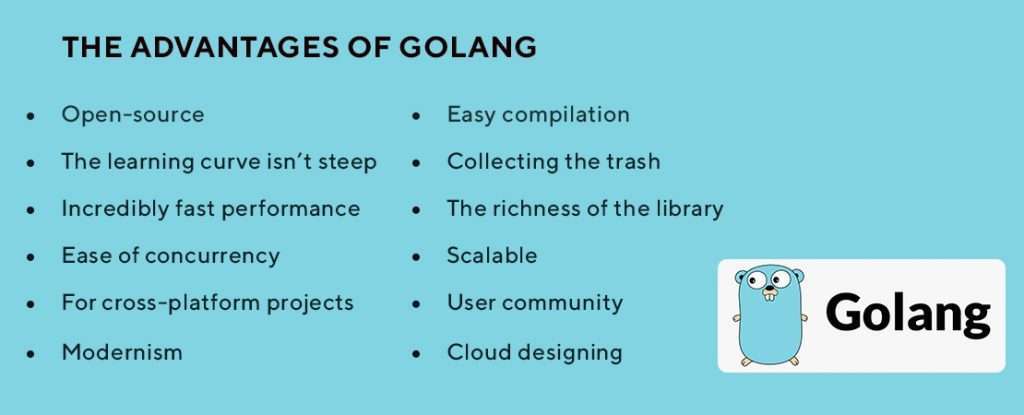
Don`t know how to deploy your project?
Todd got you covered. He explains how to deploy on Amazon and how to scale your project. The additional sections explain various topics like MySQL, PostgreSQL, MongoDB, and Docker. And how to work with them using Go, of course.
Everything is supported by exercises and some projects. You practice yours. This is an extensive video course that teaches various aspects of web development and DevOps. All the good stuff is here. Actions by Brian Kettersen, Eric St. Martin and William Kennedy Check here This book quickly covers many practical topics. Any people complain that this book is a bit cluttered and uncoordinated, but I agree to some extent. However, it describes concurrency and channels very well and is still noteworthy. 3. Grizzled Professional (also known as Knowitall Expert).
Learning a new language at the speed of light gives you the following options for learning Go:
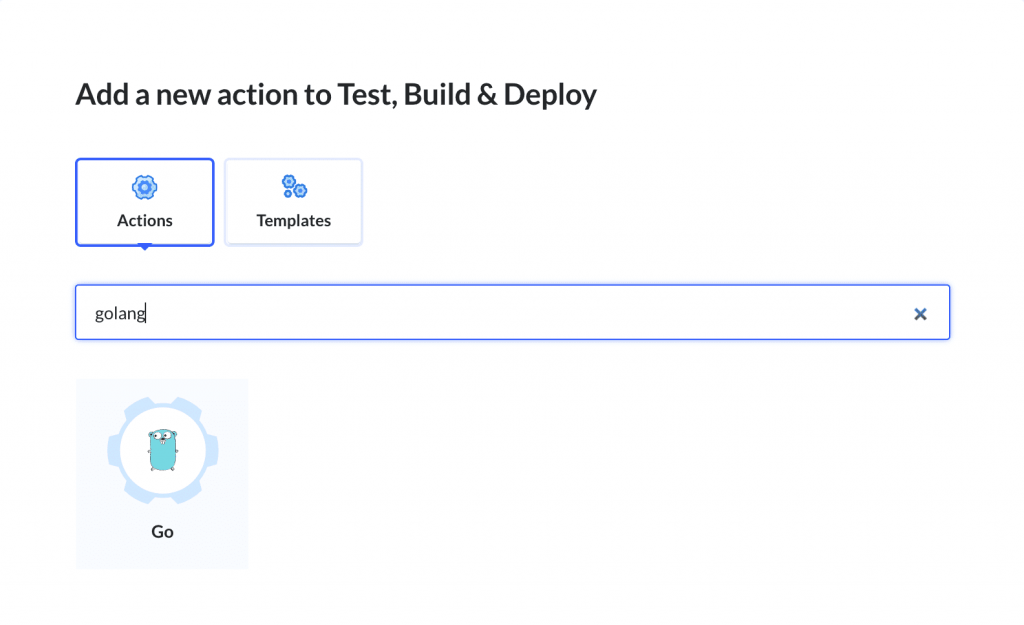
Conclusion
This is detailed and detailed, and contains everything an expert needs to learn a language from the beginning (including the exercises in each chapter). Ultimate Go Programming by William Kennedy, 2nd Edition Please sign up here. Bill’s video course takes a closer look inside Golan. This course will help you understand language design decisions, quirks, concurrency patterns, idioms, performance tuning tips, and memory optimization techniques.


